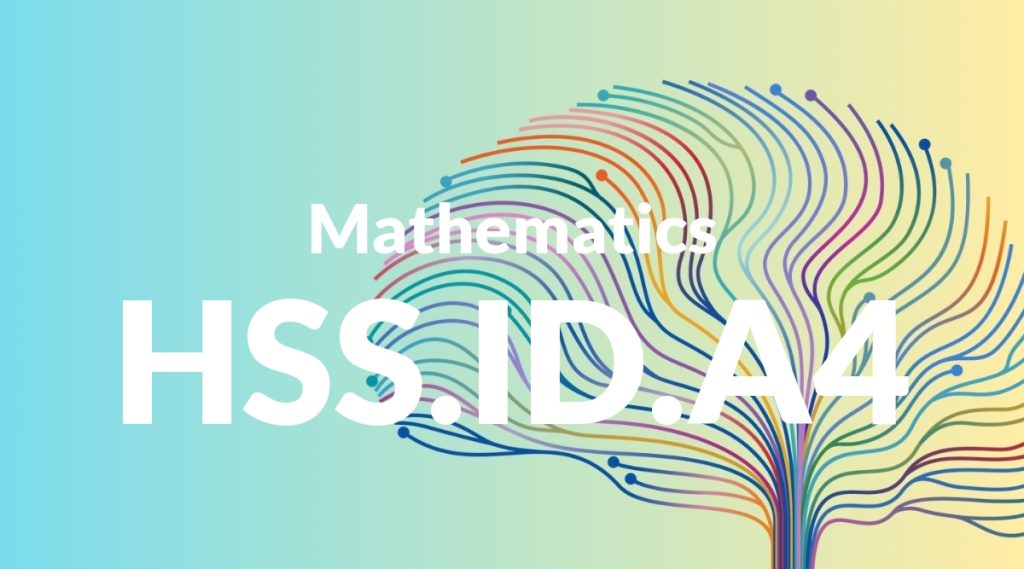Standard: HSS.ID.A4 – Use the mean and standard deviation of a data set to fit it to a normal distribution and to estimate population percentages. Recognize that there are data sets for which such a procedure is not appropriate. Use calculators, spreadsheets, and tables to estimate areas under the normal curve.
Grade level: High School: Statistics & Probability
Subject: Mathematics
Domain: Interpreting Categorical & Quantitative Data
Teacher Overview
This standard focuses on using statistical measures such as mean and standard deviation to fit data to a normal distribution and estimate population percentages. It highlights the importance of recognizing when such models are appropriate and using technological tools to perform these analyses. Mastery of this standard is crucial for students as it lays the groundwork for more advanced statistical methods and real-world data interpretation. Students should have a solid grasp of basic statistical measures and an understanding of normal distribution. They should also be comfortable using calculators and spreadsheets for basic data analysis tasks.
After mastering this standard, students will be equipped to tackle more advanced statistical concepts such as hypothesis testing and confidence intervals. They will also be better prepared to interpret and analyze data in practical, real-world situations.
Common Misconception 1
A common misconception is that all data sets can be accurately modeled using a normal distribution. This is incorrect because some data sets may have distributions that are skewed or have outliers, making the normal model inappropriate.
Intervention 1
To address this misconception, provide students with diverse data sets and guide them through the process of evaluating the shape of the distribution and using statistical tests to determine the suitability of a normal model.
Common Misconception 2
Another misconception is that the mean and standard deviation alone can fully describe a data set. This overlooks other important aspects such as skewness and kurtosis, which provide additional insights into the data’s distribution.
Intervention 2
To remediate this, incorporate lessons that focus on the broader context of data analysis, teaching students to consider a variety of descriptive statistics and the specific characteristics of the data set they are analyzing.
Prerequisite Knowledge
Students should understand basic statistical concepts such as mean, median, mode, range, and variance. They should also be familiar with the concept of a normal distribution and have basic skills in using calculators and spreadsheets for data analysis.
Subsequent Knowledge
After mastering this standard, students will be able to apply their understanding of normal distributions to more complex statistical analyses, including hypothesis testing and confidence intervals. They will also be able to interpret and analyze data in various real-world contexts more effectively.
Instructional Activities
- Hands-on activities using real-world data sets to fit normal distributions and estimate population percentages.
- Group projects that involve collecting and analyzing data, then presenting findings using statistical tools.
- Interactive lessons using calculators and spreadsheets to perform data analysis and visualize normal distributions.
- Case studies that require students to determine the appropriateness of normal distribution modeling for different data sets.




